In this video, Tyler continues to explore the topics that are covered in the Survival MD: What to Do When There’s No Doctor. In particular, he discusses what the book suggests a medical response kit should contain and how to organize it.
Your medical response kit needs to strike a delicate balance. It should be able to address a variety of injuries and conditions. It needs to be portable enough that it’s available during emergencies. Of course, its contents should match your level of training.
Don’t miss this video where Tyler discusses the following essential points related to Medical Response Kits.
- Quick access item staging
- Purpose-built medical kits
- Task-oriented medical kits
- Must-have items
- Body substance isolation protection
- Kit organization
- Response to common injuries
- And much more
Ensuring your medical kit is organized, well packed, and accessible can literally mean the difference between life and death, so don’t miss this video. Better yet, watch all of the videos in this series to better understand what’s available in this great book.
Once again, this is literally just a couple of pages from the text, Survival MD: What to Do When There’s No Doctor. This book is an indispensable resource for medical information and instruction that isn’t found in your everyday first aid guide.
Disclaimer: The content of this book is for informational purposes only and is not intended to diagnose, treat, cure, or prevent any condition or disease. You understand that this book is not intended as a substitute for consultation with a licensed practitioner. Please consult with your own physician or healthcare specialist regarding the suggestions and recommendations made in this book. The use of this book implies your acceptance of this disclaimer. The publisher and the author make no guarantees concerning the level of success you may experience by following the advice and strategies contained in this book, and you accept the risk that results will differ for each individual.


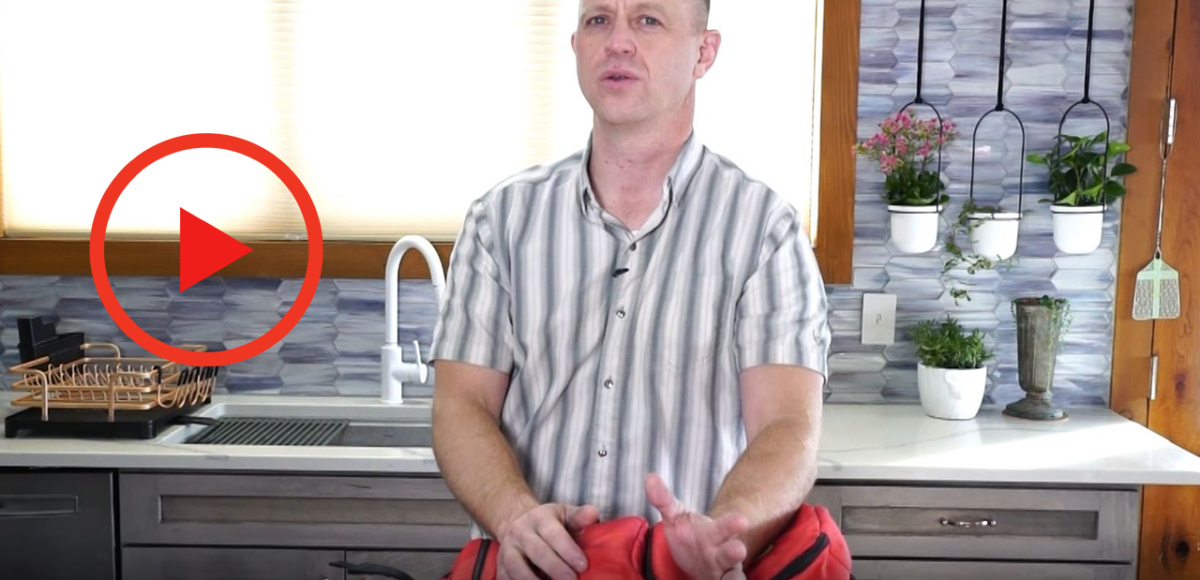
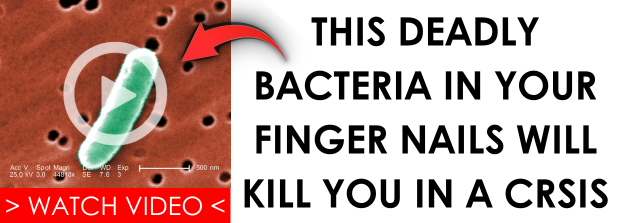
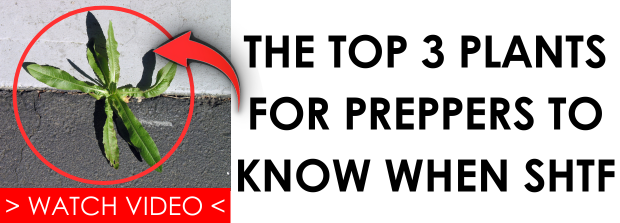
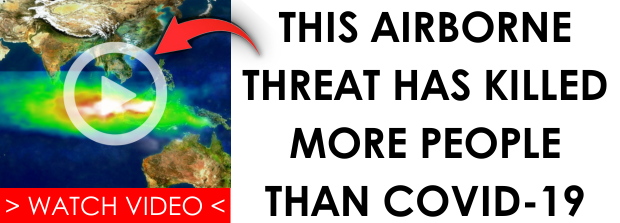
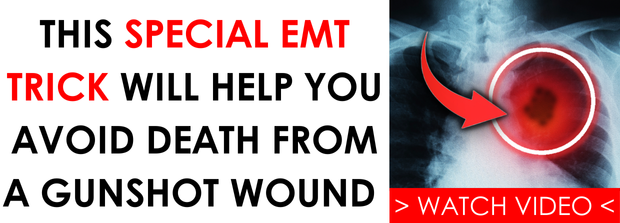
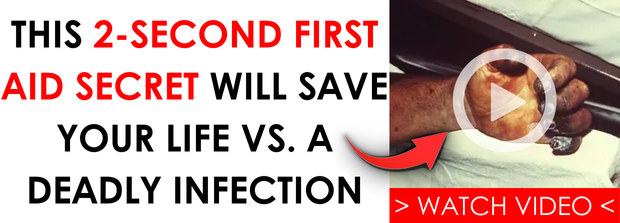






lonesome wolf | November 6, 2022
|
Plain tampons work well between fingers/toes, bullet punctures, knife wounds, etc. They are made to absorb blood, after all, menstrual pads work for packing larger wounds. Field medical tricks that don’t take a lot of room in our kits or pockets (3ven if it does seem/look strange for male corpsmen, and medics).
Scott Kelsh | March 16, 2024
|
Have you personally ever packed a GSW? I have, and a feminine product is for better words not fucking enough. It can take up to 5 m of gauze to properly wound a tampon or a pad. It’s not enough you can use a tampon in a nose for a nosebleed and a pad on a laceration. But a tampon in a bullet hole it’s not even OK to just start with. Go ahead and rip apart a tampon sometime. There’s all kinds of shit in there you wouldn’t want inside your mom, wife, dad, husband, kids, arms bodies, whatever. If you bring it to an emergency room doctor, he’ll rip your ass a new one.
FLOYD R BURDETT | November 7, 2022
|
I would also recommend some cellophane or aluminum foil [squares of about 8×8 to 10×10 inches.] to lay over a chest wound, to keep the lungs from sucking in possibly contaminated air… especially before trying to move or transport. I have even used the plastic wrappers that other equipment was packaged in.. And ROLLS and ROLLS of medical grade Tape! Several different widths, but especially the WIDE ones. at least a 1,000 different uses, if nothing more than holding bandages in place, or even securing loose pieces of clothing so they do not snag on something.
I do a lot of motorcycle ‘Escorts’ and group rides… and I always carry a bag of med-supplies in a ‘tank bag’… in case of an emergency.
Seeths lLght | July 31, 2023
|
You make me think. thank you.
Darrel | November 13, 2023
|
Don’t like the videos. Would rather read an article and have a list I can print.
Erwin Bruce Brady | November 13, 2023
|
I have a live-in nurse. So that really helps.